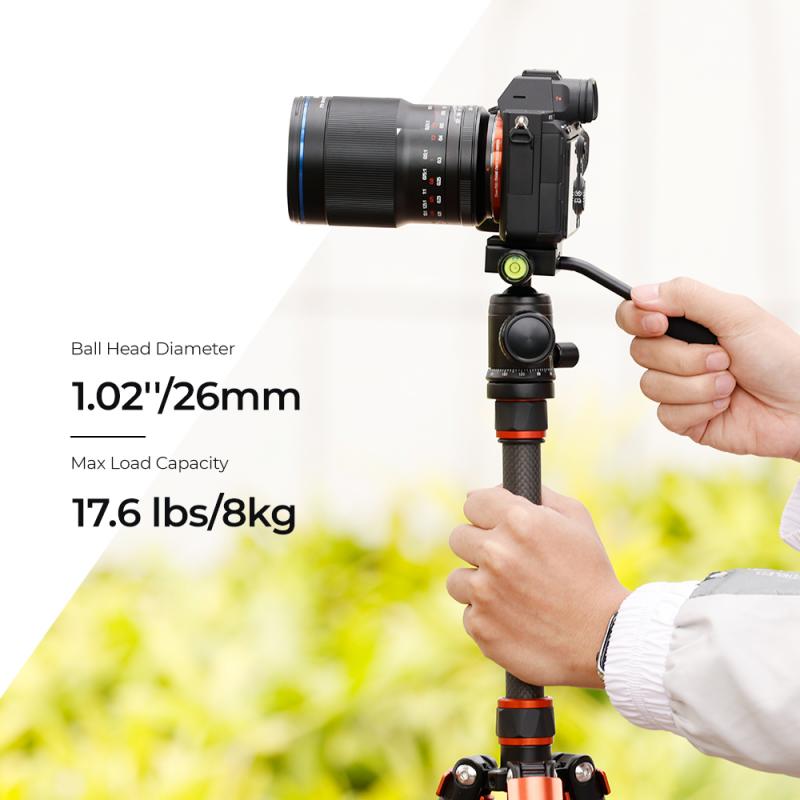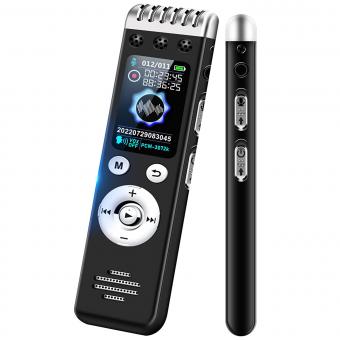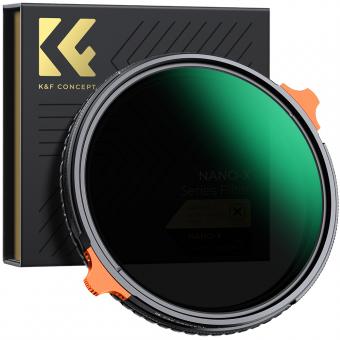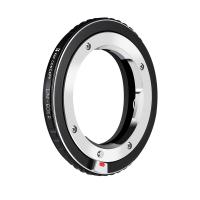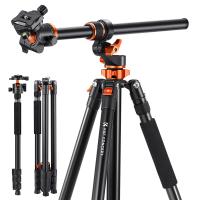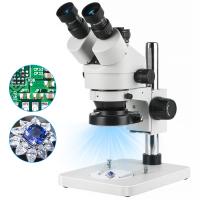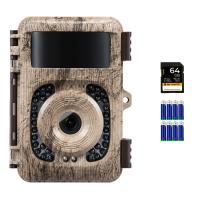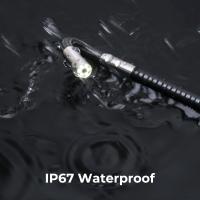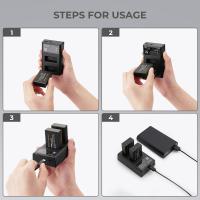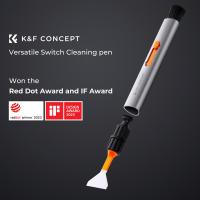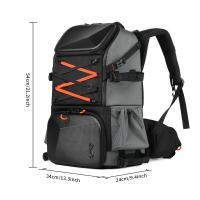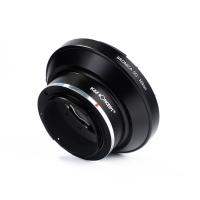How To Capture From Tape Camcorder ?
To capture from a tape camcorder, you will need a few things. First, make sure you have a computer with a FireWire or USB port. Next, connect your camcorder to the computer using a FireWire or USB cable, depending on the available ports. Once connected, turn on your camcorder and set it to VCR or playback mode. Open video capture software on your computer, such as Windows Movie Maker or iMovie, and select the option to capture video from a device. Follow the on-screen instructions to start the capture process. You may need to rewind the tape to the desired starting point before capturing. Once the capture is complete, you can save the video file on your computer for further editing or sharing.
1、 Connecting the camcorder to a computer for capturing footage.
To capture footage from a tape camcorder, you will need to connect it to a computer. Here is a step-by-step guide on how to do it:
1. Check the connections: Ensure that your camcorder has the necessary ports to connect to a computer. Most camcorders have either an HDMI or USB port for this purpose.
2. Choose the appropriate cable: Depending on the ports available on your camcorder and computer, you may need an HDMI cable or a USB cable. If your camcorder has an HDMI port, use an HDMI cable to connect it to your computer. If it has a USB port, use a USB cable.
3. Connect the camcorder to the computer: Plug one end of the cable into the appropriate port on your camcorder and the other end into the corresponding port on your computer. Make sure the connections are secure.
4. Turn on the camcorder: Power on your camcorder and set it to the playback mode. This will allow the computer to recognize the device.
5. Open video capture software: Launch the video capture software on your computer. If you don't have one, you can download and install a free program like Windows Movie Maker or iMovie.
6. Start capturing: In the video capture software, select the option to import or capture footage from a camcorder. Follow the on-screen instructions to begin capturing the footage from your tape camcorder.
It's worth noting that with the advancement of technology, tape camcorders have become less common. Most modern camcorders now use digital storage media like SD cards or internal memory. If you have a digital camcorder, you can simply remove the memory card or connect the camcorder directly to your computer via USB to transfer the footage.
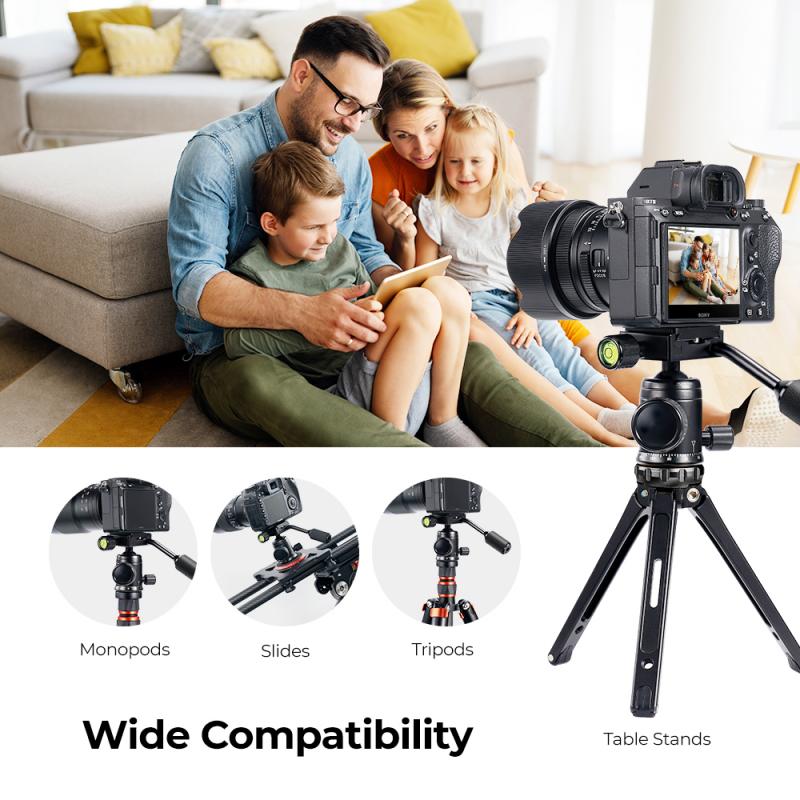
2、 Using video capture software to transfer tape camcorder recordings.
To capture from a tape camcorder, you can use video capture software to transfer the recordings to your computer. This process allows you to digitize your tapes and preserve them in a more accessible format. Here's a step-by-step guide on how to do it:
1. Connect your tape camcorder to your computer using an appropriate cable. Most camcorders have either an HDMI or USB output. Make sure to use the correct cable for your camcorder and computer.
2. Install video capture software on your computer. There are several options available, both free and paid. Some popular choices include Adobe Premiere Pro, Final Cut Pro, and OBS Studio.
3. Open the video capture software and select the appropriate input source. This will typically be the name of your camcorder or the specific input port you connected it to.
4. Start playing the tape on your camcorder and click the "Capture" or "Record" button in the software. The software will then start capturing the video and audio from your camcorder.
5. Once the tape is fully captured, stop the recording in the software. You can then save the captured video file to your computer's hard drive.
6. If desired, you can edit the captured video using video editing software. This allows you to trim, enhance, and add effects to your recordings.
It's worth noting that tape camcorders are becoming less common as digital recording technology advances. However, if you still have valuable recordings on tape, capturing them using video capture software is a great way to preserve and enjoy them in a more modern format.
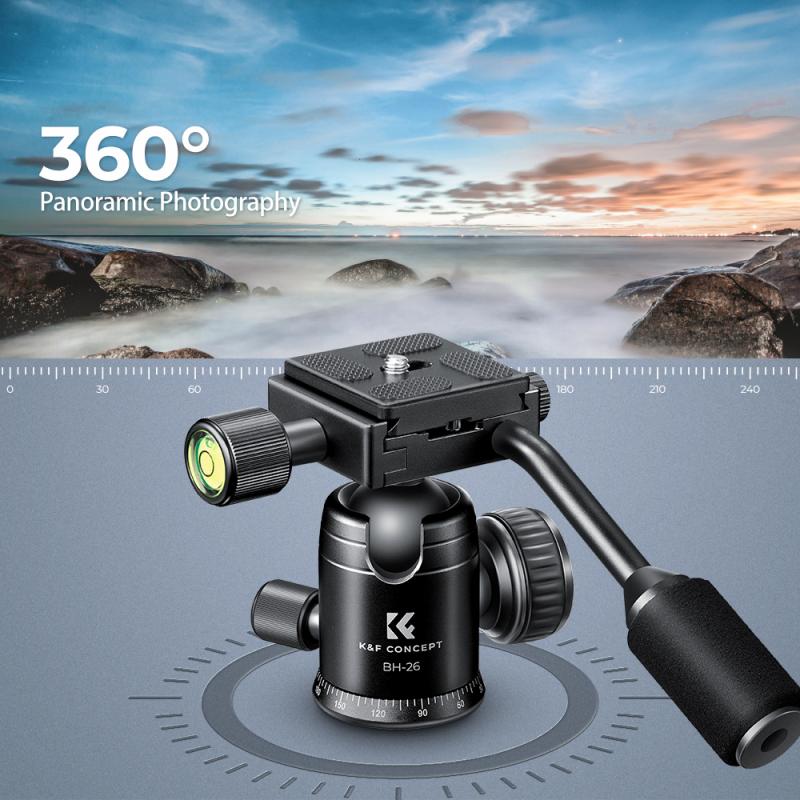
3、 Understanding different connection options for capturing from a tape camcorder.
Understanding different connection options for capturing from a tape camcorder is essential for anyone looking to transfer their old tapes to a digital format. With advancements in technology, there are several ways to accomplish this task, each with its own advantages and considerations.
One common method is to connect the camcorder directly to a computer using a FireWire (IEEE 1394) cable. This option provides a high-quality digital transfer and is ideal for older camcorders that have a FireWire port. However, it's important to note that many modern computers no longer have FireWire ports, so you may need to use an adapter or find an alternative method.
Another option is to use an analog-to-digital converter, which allows you to connect the camcorder to a computer via USB or HDMI. This method is suitable for camcorders that only have analog outputs, such as composite or S-video. The converter will convert the analog signal to a digital format that can be captured by video capture software on your computer.
Alternatively, some camcorders have a USB output that allows for direct connection to a computer. This method is convenient and straightforward, but the quality of the transfer may not be as high as using FireWire or an analog-to-digital converter.
It's worth mentioning that there are also professional video capture devices available on the market, which offer advanced features and higher quality transfers. These devices often connect to a computer via Thunderbolt or USB 3.0 and provide options for capturing and editing footage.
In conclusion, understanding the different connection options for capturing from a tape camcorder is crucial in preserving and digitizing your old tapes. Consider the capabilities of your camcorder, the available ports on your computer, and the desired quality of the transfer when choosing the appropriate method.
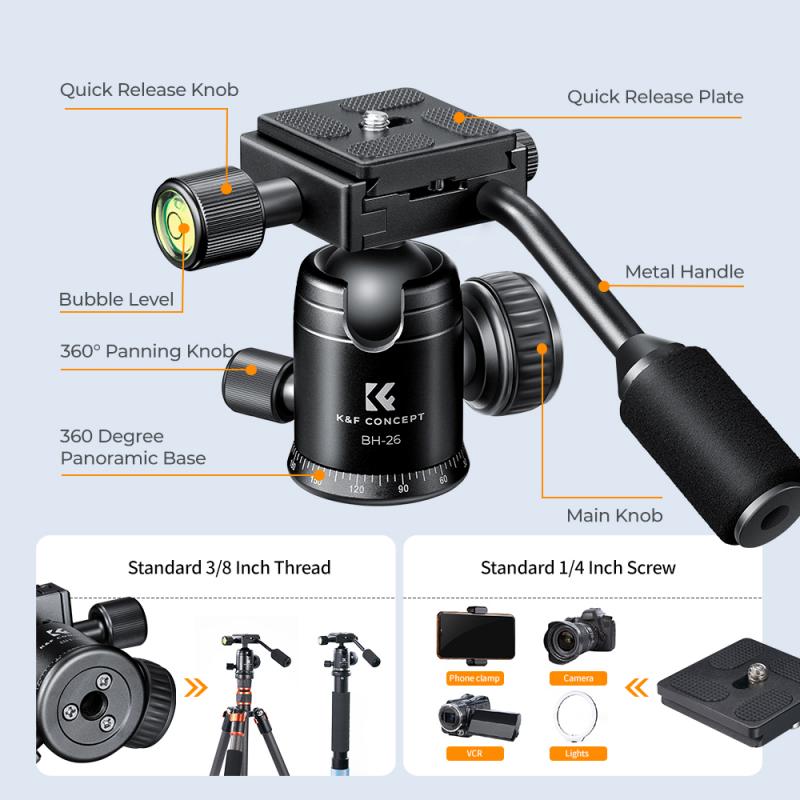
4、 Troubleshooting common issues when capturing from a tape camcorder.
Troubleshooting common issues when capturing from a tape camcorder:
1. Check the connections: Ensure that all cables are securely connected between the camcorder and the capture device (such as a computer or a video capture card). Use high-quality cables to minimize signal loss.
2. Verify compatibility: Make sure that your capture device supports the format of the tape in your camcorder. Some older camcorders may use analog formats like VHS or Hi8, while newer ones may use digital formats like MiniDV or HDV. If your capture device does not support the format, you may need to use a different device or convert the tape to a compatible format.
3. Clean the tape heads: Over time, the tape heads in your camcorder can accumulate dust and debris, leading to poor video quality or playback issues. Use a head-cleaning cassette or follow the manufacturer's instructions to clean the heads regularly.
4. Adjust playback settings: Some camcorders have playback settings that can affect the quality of the captured video. Experiment with different settings like tracking, color balance, and sharpness to optimize the output.
5. Troubleshoot software issues: If you are using video capture software, ensure that it is up to date and compatible with your operating system. Check for any known issues or updates from the software manufacturer.
6. Test with a different tape or camcorder: If you are experiencing issues with a specific tape or camcorder, try using a different tape or camcorder to determine if the problem lies with the equipment or the tape itself.
7. Seek professional help: If you have tried all the troubleshooting steps and are still unable to capture from your tape camcorder, it may be time to consult a professional technician or a video transfer service. They can provide specialized equipment and expertise to help you capture your footage successfully.
Remember, technology is constantly evolving, and newer methods of capturing video may be available. It is always a good idea to stay updated with the latest advancements and consider alternative options for capturing and preserving your precious memories.
